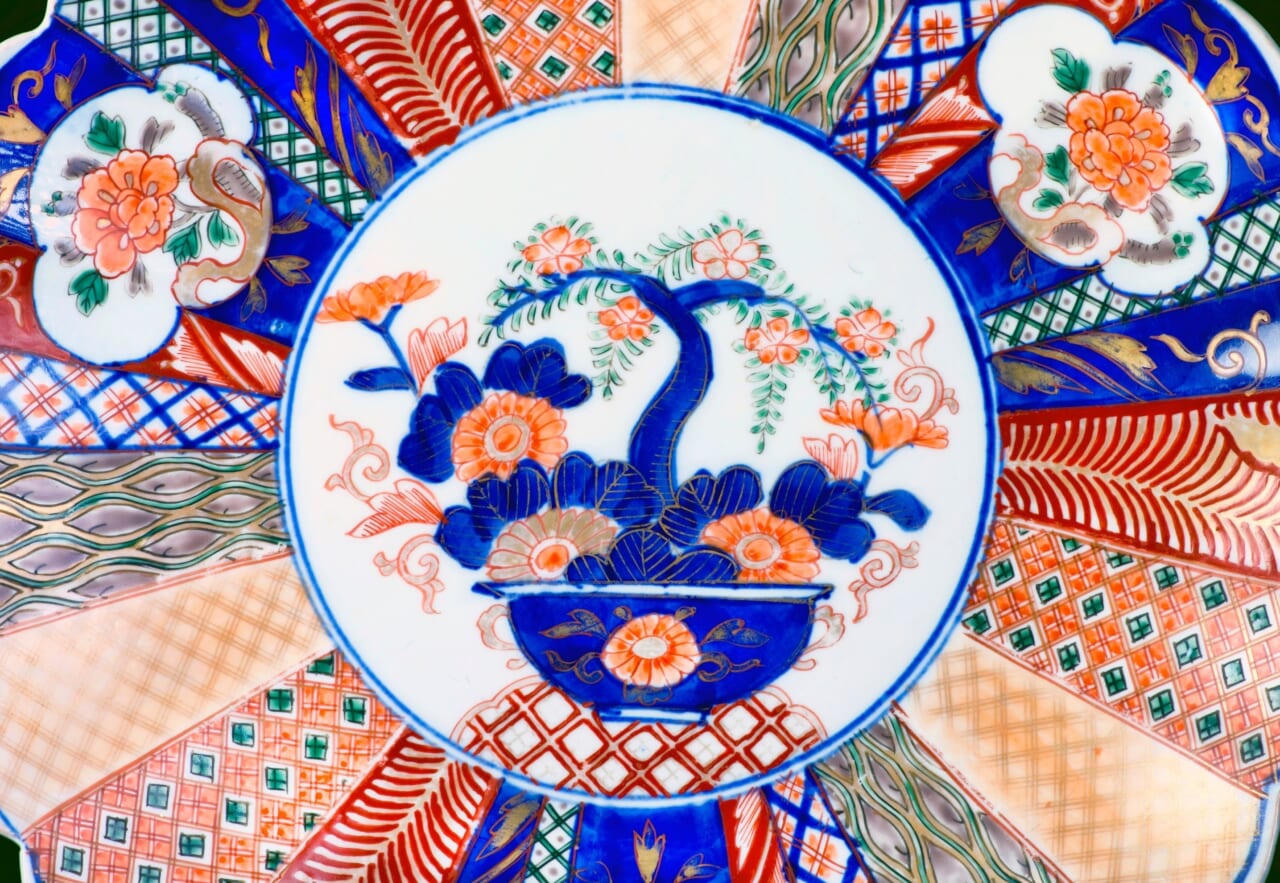
Crafts based on the climate and history of the land have been transmitted to various places in Japan, but currently there are 237 items of crafts designated by the Minister of Economy, Trade and Industry based on the “Act on the Promotion of Traditional Craft Industries” (Law No. 57 of 1974) (as of March 18, 2022). These traditional crafts include textiles, dyed goods, ceramics, lacquerware, woodwork, bamboo work, metalwork, Buddhist altars, Buddhist utensils, Japanese paper, stationery (brushes, ink, jade, abacus), stonemasons, dolls, local toys, fans, fans, umbrellas, lanterns, Japanese musical instruments, divine furnishings, congratulatory and condolence supplies, craft tools, craft materials, etc., but after the high economic growth of the 1950s, due to the difficulty of securing raw materials and the shortage of successors, etc., Many industries have become difficult to maintain.
Looking at the market that includes many traditional craft companies from the item-specific statistical table in the latest 2020 “Industrial Census” (2019 results) conducted by the Ministry of Economy, Trade and Industry, it can be seen that the shipment value of most items is decreasing and the number of business establishments is also on a downward trend. (Figure 1) These figures are the results for 2019, and since it is a statistic of the timing when the inbound market in Japan was expanding and receiving a tailwind, so to speak, it can be inferred that the current situation where inbound tourism stagnated due to the corona disaster and stalled violently is in an even more severe situation.
[Fig. 1]
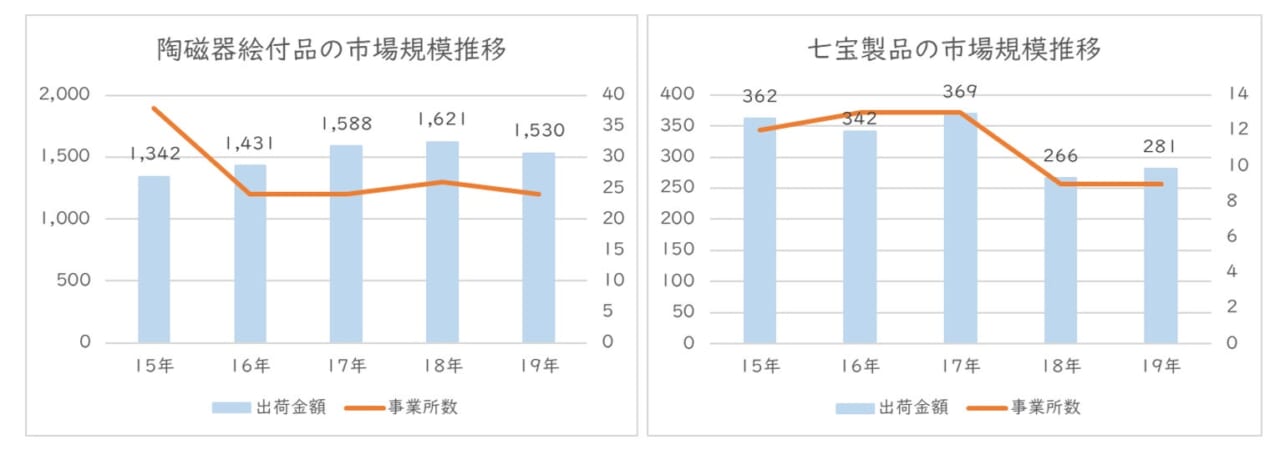
* The graph is an excerpt of the item. For more information, see https://www.cccmk.co.jp/thinktanks/column-51
* The graph was created independently by our company based on the 2020 Industrial Statistics Table “Itemized Statistical Table” of the Survey Statistical Group of the Minister’s Secretariat of the Ministry of Economy, Trade and Industry
In the future, it is expected that the movement toward expanding inbound tourism will become more active, but it will take some time to attract more than 30 million inbound visitors a year as in the past. Under such circumstances, expanding demand in Japan is an extremely important point for maintaining the traditional craft market. This time, we conducted a questionnaire on the recognition and purchase intention of major traditional crafts in Japan to 8,739 men and women in their 20s to 60s nationwide.
- Summary of Survey Results
● More than 70% of traditional crafts were recognized as 6 out of 41 items. There are many crafts that are only recognized by 20 ~ 30%.
● The traditional craft with the highest purchase experience is [Imari / Arita ware] at 15.7%. Seven items exceeded double digits.
●Is the viewpoint necessary for the revitalization of traditional crafts a way of disseminating information?
- More than 70% of the recognition is only for 6 out of 41 items
When asked about the recognition of traditional crafts in various parts of Japan, the 41 items surveyed that received more than 70% recognition were “Southern Ironware (70.7%)”, “Edokiriko (71.0%)”, “Wajima Painting (74.9%)”, “Shigaraki ware (71.2%)”, “Nishijin Weaving (72.9%)”, and “Imari-Arita ware (78.4%)”. There are 15 items whose recognition is less than 30%, and it can be said that there are many traditional crafts that have problems in acquiring recognition.
[Fig. 2]
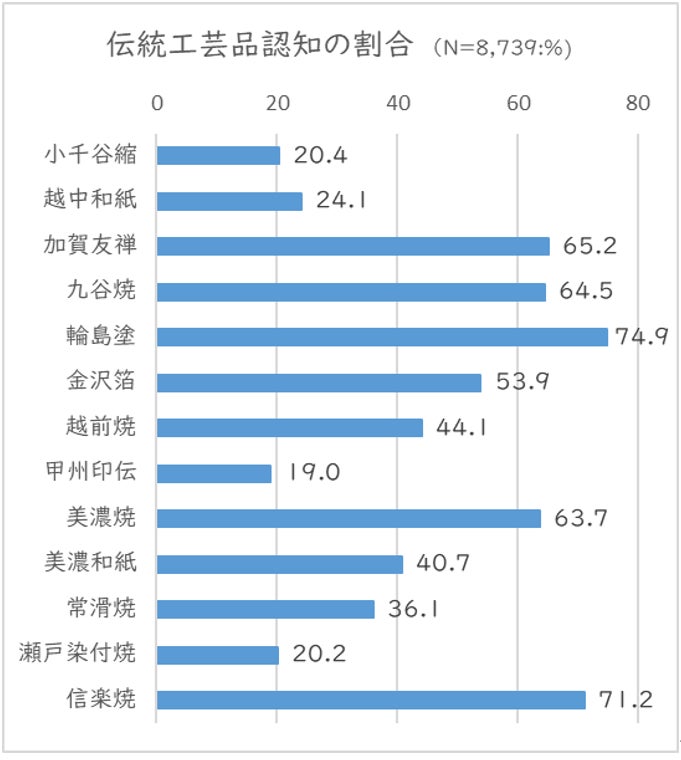
* The graph is an excerpt of the item. For more information, see https://www.cccmk.co.jp/thinktanks/column-51
- The person with the highest percentage of purchase experience is “pottery”. Does the practicality of beauty raise the purchase?
Traditional crafts are often purchased in regions where the price is slightly higher, so there are not many opportunities to purchase them, but according to the results of this questionnaire survey, out of 41 items, the highest percentage of purchase experience was “Imari / Arita ware” at 15.7%, and there was not a single item with more than 20% purchase experience. The items that exceeded double digits were “Southern Ironware”, “Edokiriko”, “Hakone Parquet”, “Wajima Painting”, “Shigaraki ware”, “Hagiyaki”, and “Imari-Arita ware”, and pottery was the most common. Japan’s traditional handicrafts are highly evaluated not only for their beauty but also for their practicality, but looking at those with a high percentage of purchase experience, it was clear that practicality is still important in raising purchases.
[Fig. 3]
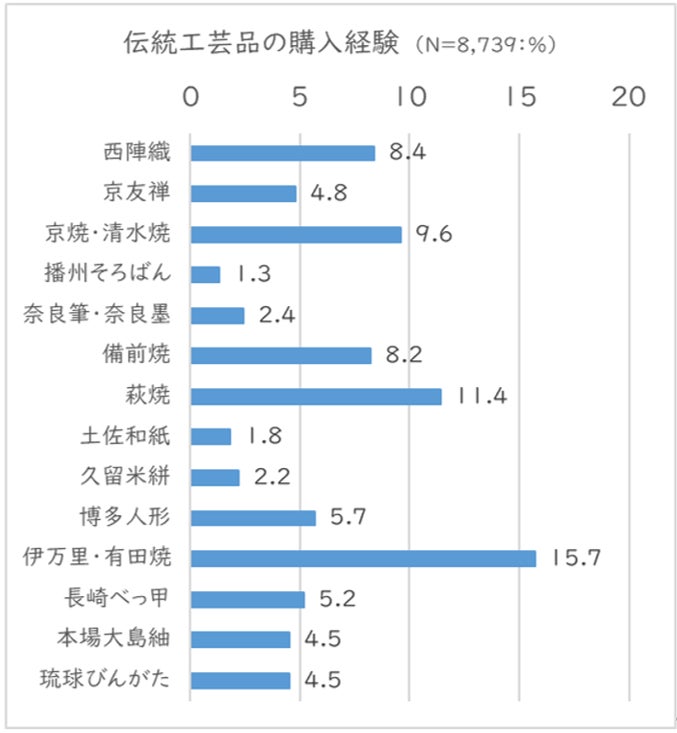
* The graph is an excerpt of the item. For more information, see https://www.cccmk.co.jp/thinktanks/column-51
Judging from this survey, many of the traditional crafts of Japan are still only recognized by 20 to 30% in Japan, and it seems that the first step to revitalization is to let people outside the region know about them.
For detailed figures on “Survey on Traditional Crafts,” such as “Recognition of 41 items of traditional crafts” and “Experience of purchasing 41 items of traditional crafts,” please refer to the following page of CCC Marketing & Research & Consulting.
■CCC Marketing Research & Consulting, Inc. “Survey on Traditional Crafts”
https://www.cccmk.co.jp/thinktanks/column-51
■Summary of Survey Data
Survey title: Survey on traditional crafts ~ From the survey on prefectures (March 2022)
Survey area: Nationwide
Survey respondents: Male and female T members aged 20 ~ 69 years
Number of valid responses: 8,739 samples
Survey period: March 16 (Wed) ~ March 24 (Thu), 2022
Research Organization: CCC Marketing Co., Ltd.
Survey method: Internet survey (T questionnaire)
* Scores weighted back by Japan sex and age group are used.
- Overview of CCC Marketing Research Institute
Name: CCC Marketing Research Institute (CCC Marketing Research Institute)
URL:https://www.cccmk.co.jp/thinktanks
Established: July 21, 2020
It was launched in 2020 to realize “a little nice” for consumers based on consumer consumption data, insights, changes in their minds, as well as the social environment and economic situation.
As a “think tank that walks together with consumers and thinks together,” we strive to grasp the consciousness of consumers, and based on their voices, we will accompany you in creating your future with the power of “data×”, “creative” × “consulting”.


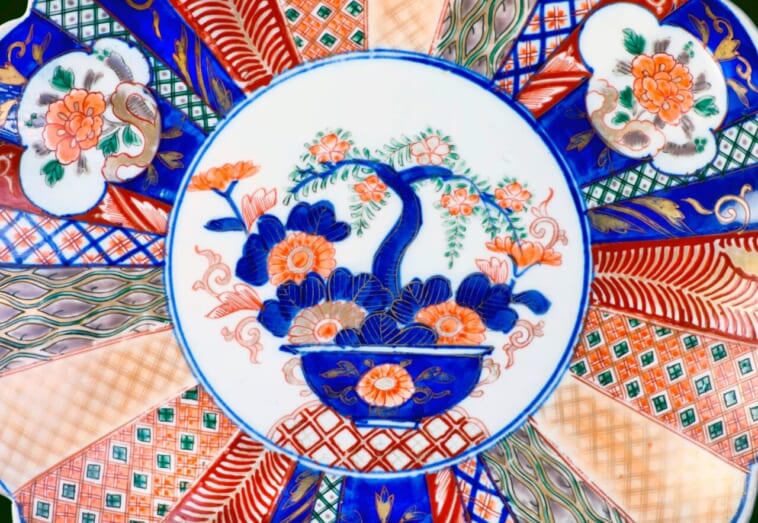

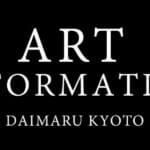




GIPHY App Key not set. Please check settings